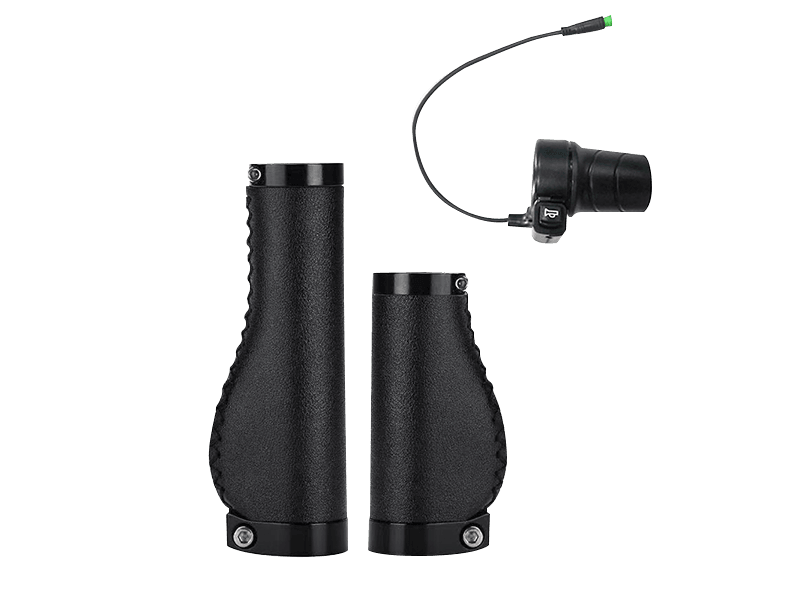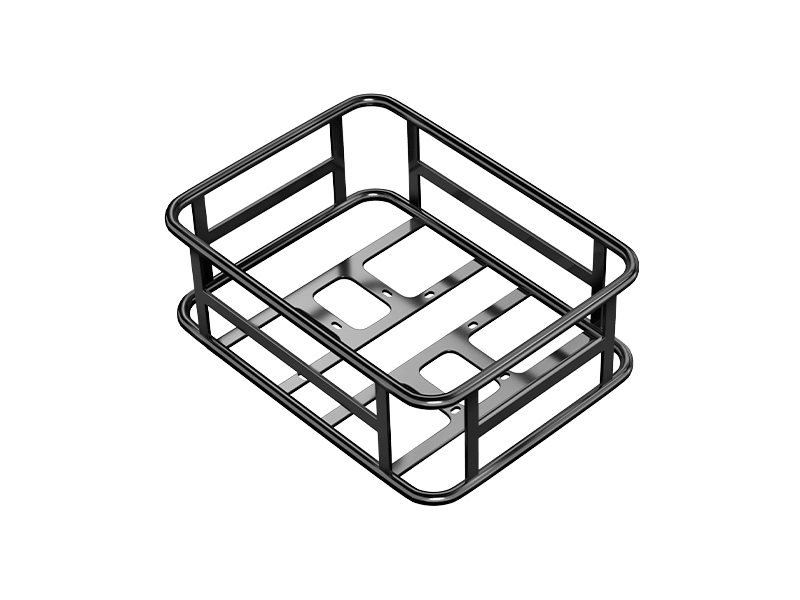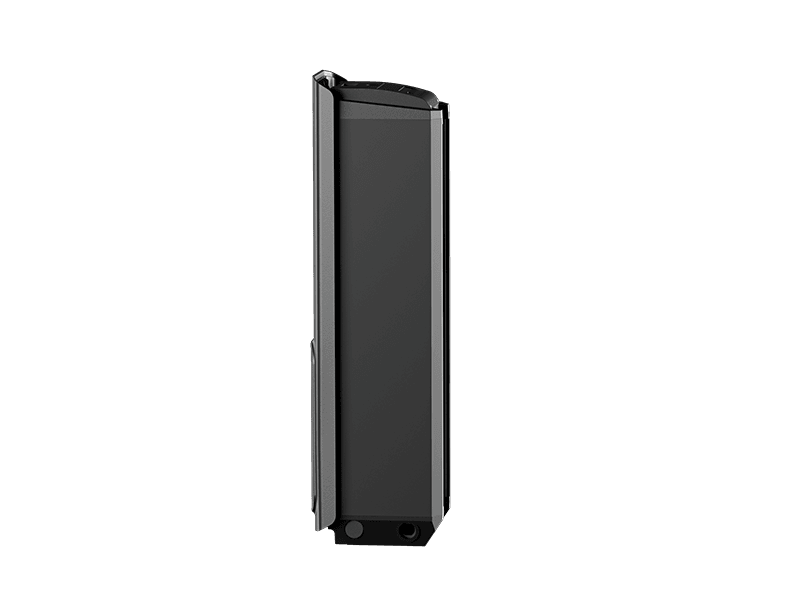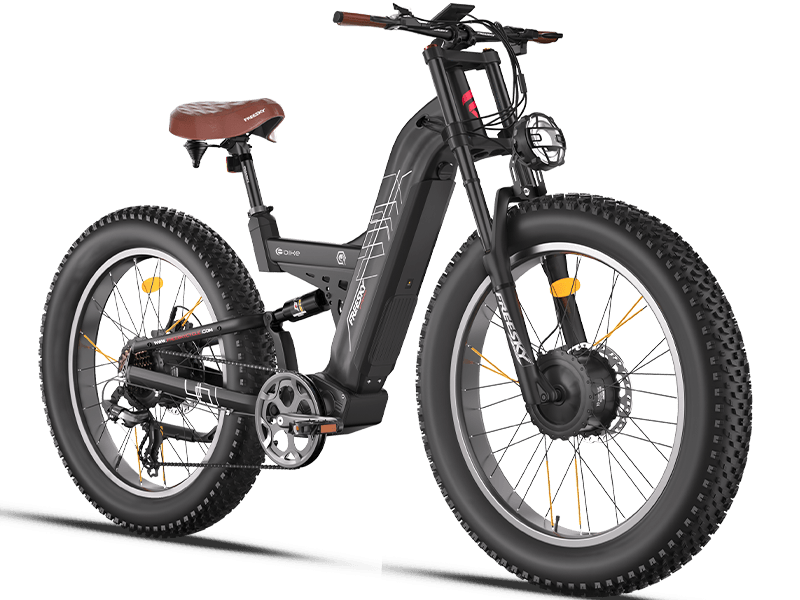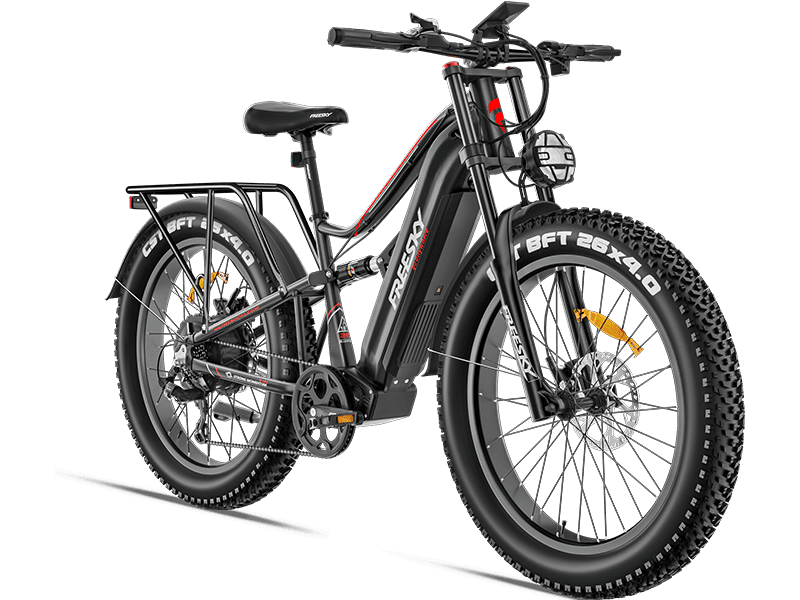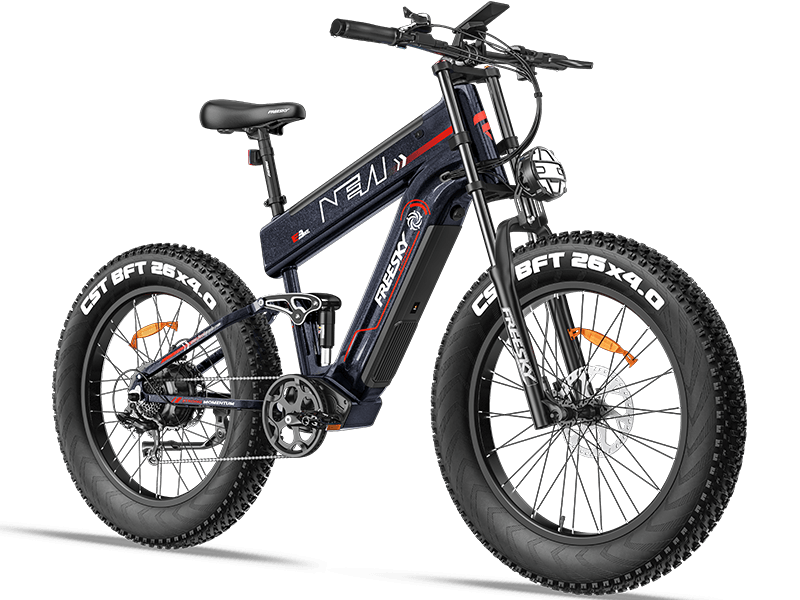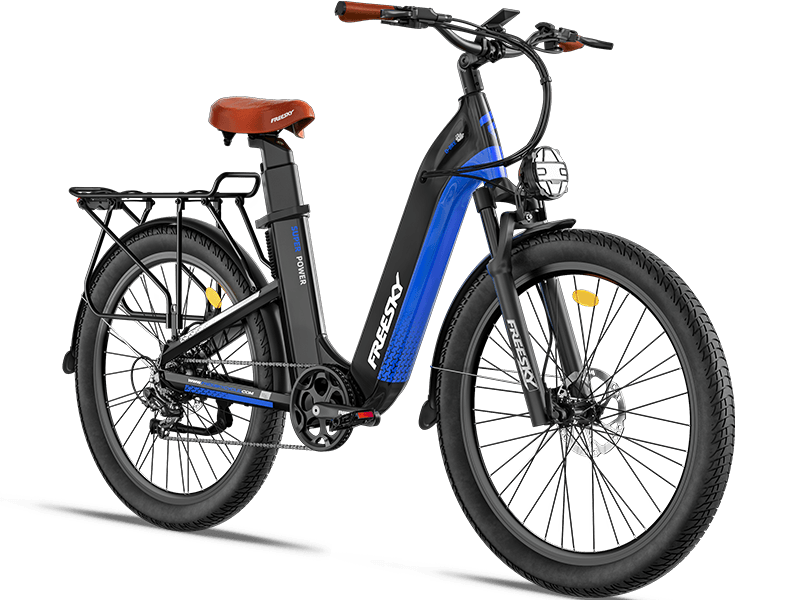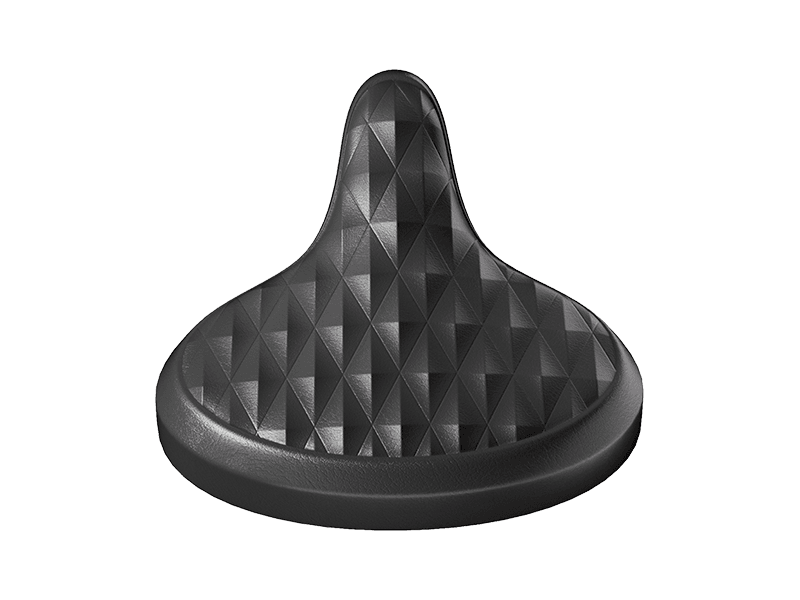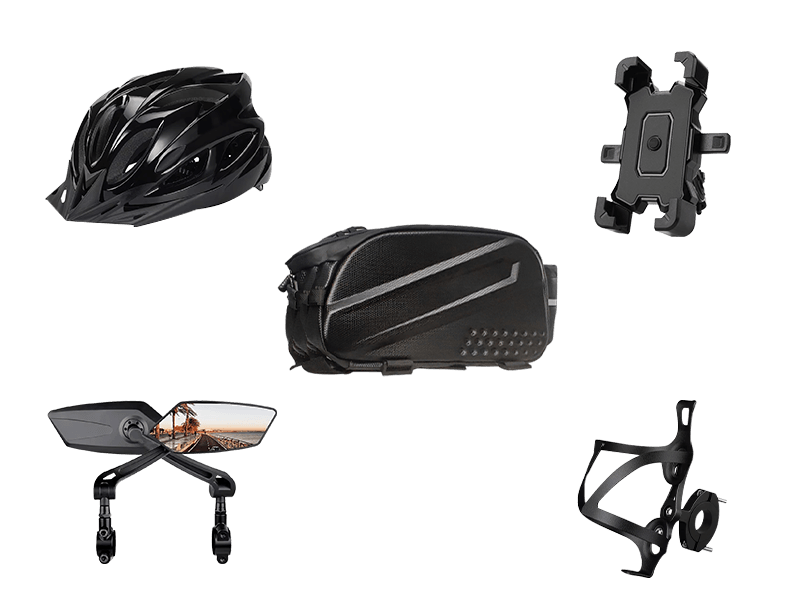Powering Your Ride: The Crucial Link Between Your E-bike Battery and Riding Range
JUN 05, 2025
For anyone considering or already enjoying the freedom of electric biking, one question reigns supreme: "How far can I go on a single charge?" The answer lies at the heart of your e-bike – the battery. Understanding the intricate relationship between your battery and your potential riding range is key to unlocking confident, frustration-free adventures.
The Battery: Your E-bike's Fuel Tank (and Engine's Power Source)
Think of your e-bike battery as both the fuel tank and the power station. It stores electrical energy and delivers it to the motor, which provides the pedal-assist (or throttle power) that defines the e-bike experience. Naturally, the characteristics of this battery are the primary determinant of how far that energy can take you.
Key Battery Factors Dictating Range:
-
Capacity (Watt-hours - Wh): The Core Metric
-
What it is: This is the single most important number for estimating potential range. Watt-hours (Wh) represent the total energy stored in the battery. It's calculated by multiplying the battery's Voltage (V) by its Amp-hour rating (Ah): Wh = V x Ah.
-
Why it matters: A higher Wh rating means more energy on board. A 500Wh battery holds significantly more energy than a 300Wh battery, all else being equal, translating directly to a longer potential range. Comparing Wh ratings is the most direct way to compare battery capacity across different e-bikes.
-
-
Voltage (V) and Amp-hours (Ah): The Components of Wh
-
Voltage (V): Represents the electrical "pressure" of the system. Common e-bike batteries are 36V, 48V, or 52V. Higher voltage systems can often deliver power more efficiently, especially under heavy load (like climbing hills), which can indirectly contribute to better range utilization.
-
Amp-hours (Ah): Represents the battery's "current capacity" – how much current it can deliver over time. A higher Ah rating generally means longer runtime for a given voltage. However, always look at the combined Wh (V x Ah) for the true energy capacity picture. A 48V 10Ah battery (480Wh) holds more energy than a 36V 12Ah battery (432Wh).
-
-
Battery Health & Age: The Degradation Factor
-
Lithium-ion batteries (the standard for e-bikes) degrade over time and with use. Their ability to hold a full charge diminishes.
-
Impact on Range: A battery that's 2-3 years old or has undergone hundreds of charge cycles will likely only hold 80% (or less) of its original capacity. This directly reduces your achievable range. Proper charging habits (avoiding full discharges, not leaving at 100% charge for weeks) can help maximize lifespan.
-
Beyond the Battery: The Range Equation Has Variables
While the battery sets the potential energy limit, your actual range is significantly influenced by how you and your environment use that energy:
-
Rider Input & Assist Level:
-
Assist Level: This is HUGE. Using maximum power (Turbo or Sport mode) consumes energy dramatically faster than Eco or Low mode. Relying more on your own pedaling effort drastically extends range.
-
Pedal Power: The whole point of pedal-assist! The harder you pedal, the less work the motor has to do, conserving battery.
-
-
Terrain & Topography:
-
Hills: Climbing is energy-intensive. Frequent or steep hills will significantly reduce your range compared to flat terrain. Descents, however, can sometimes allow for regeneration (if equipped) or coasting without motor drain.
-
-
Rider & Cargo Weight:
-
Heavier loads (the rider plus any cargo or passengers) require more energy to accelerate and climb. Lighter loads generally mean longer range.
-
-
Tire Pressure & Rolling Resistance:
-
Under-inflated tires create more drag, forcing the motor to work harder. Keeping tires properly inflated is a simple way to maximize efficiency and range.
-
-
Wind Resistance:
-
Riding into a strong headwind significantly increases the effort required (both yours and the motor's), draining the battery faster. Tailwinds help!
-
-
Temperature:
-
Lithium batteries perform best in moderate temperatures (around 20°C / 68°F). Cold weather (below 10°C / 50°F) reduces battery efficiency and can temporarily decrease available capacity by 10-20% or more. Very hot weather can also stress the battery long-term.
-
-
Tire Type & Terrain Surface:
-
Knobby mountain bike tires on pavement create more rolling resistance than slick commuter tires. Riding on soft surfaces (sand, mud) also consumes more power.
-
Estimating Range: A Guessing Game (with Clues)
Manufacturers often provide range estimates (e.g., 50-120 km). This wide variation exists precisely because of all the variables listed above. The higher figure is usually achieved under near-perfect conditions (Eco mode, flat terrain, light rider, warm temps). The lower figure reflects more demanding use (higher assist, hills, cold).
Tools like Bosch's Range Calculator are excellent for illustrating how drastically factors like assist level and weight impact range from a given battery.
Maximizing Your Range: Practical Tips
-
Choose Wisely: When buying, consider your typical rides. If you have long commutes or hilly terrain, prioritize a higher Wh battery (e.g., 500Wh+).
-
Embrace Eco Mode: Use the lowest assist level that makes your ride enjoyable and efficient.
-
Pedal Power: Contribute meaningfully! Think of the motor as an amplifier of your effort.
-
Pump Up Tires: Check pressure regularly according to the tire sidewall.
-
Plan Routes: Minimize steep climbs if range is critical. Utilize bike paths away from stop-and-go traffic.
-
Dress Aerodynamically: Reduce wind resistance.
-
Manage Temperature: Store and charge your battery indoors in moderate temps. If riding in cold weather, keep the battery insulated (e.g., remove it and bring it inside until you start riding) and understand range will be reduced.
-
Maintain Battery Health: Follow manufacturer charging guidelines (avoid deep discharges, don't leave at 100% for long periods).
The Takeaway: Know Your Battery, Know Your Ride
Your e-bike battery's capacity (Wh) is the fundamental factor determining your potential range. However, your actual mileage is a dynamic result of how you interact with the bike and the environment. By understanding the relationship between the battery's specs and the factors that drain it, you can make informed choices when purchasing, plan your rides effectively, and adopt riding habits that stretch every electron as far as possible. This knowledge truly empowers you to explore further and enjoy the full potential of your electric freedom!


